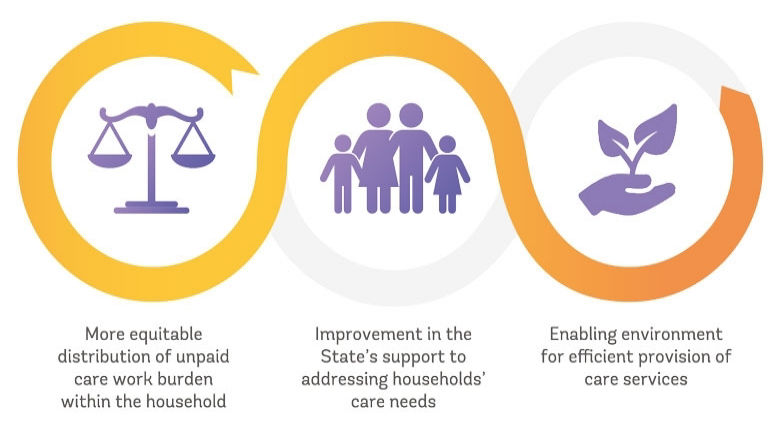Women in the Middle East and North Africa (MENA) region represent a wealth of talent that is underutilized and preventing the region from growing at its full potential. In the current MENA context, women experience even more acutely the many development challenges facing the region. Few women work: The average regional female labor force participation (FLFP) rate is 19%, compared to 71% of men. This compares to a global rate of 47%. But even women in the labor market struggle, with 16% of women being unemployed a number that reaches 40% for young women. The lack of safe transport, accessible quality childcare and adequate workplace conditions, in combination with restrictive social norms and legal frameworks, are among the factors that hinder women entering and staying in the labor market.
Overview
To contribute to gender equality results across the globe, the World Bank Group launched its Gender Strategy in 2024 which focuses on scale, knowledge, measurable results, partnerships, and delivering as One WBG across three strategic objectives; to end gender-based violence and elevate human capital; to expand and enable economic opportunities; and to engage women as leaders.To further contextualize, prioritize, and operationalize the Bank-wide strategy for our work in the MENA region we recently launched our Regional Gender Action Plan.






